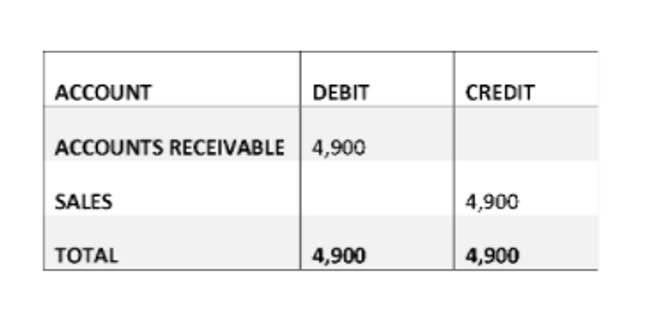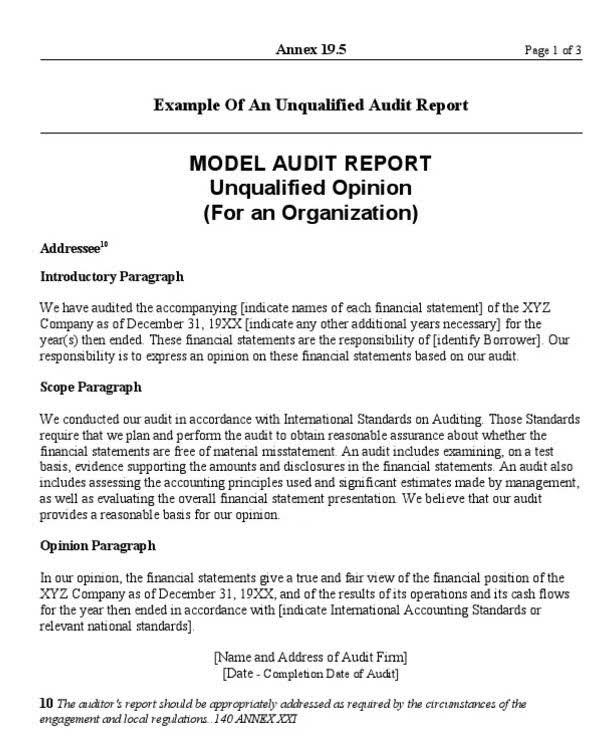
Keeping bad debt in AR will increase AR and days sales outstanding (DSO). This increase can skew balance sheet and working capital reports, but it isn’t necessarily a bad thing. Knowing bad debt is there can be motivation enough to continue trying to collect on it. To determine the estimate of uncollectible accounts, multiply the outstanding balances per age group by the uncollectibility rate and then sum up all estimated uncollectibles per age group. This method provides a more accurate estimate of bad debts and gives a more systematic ledger account approach. Below is a sample matrix of uncollectibility rates per aging group.
- It represents the amount that is required to be in the allowance of doubtful accounts.
- This way, the primary AR balance can run reports without bad debts affecting it, but you can still track each collection account.
- The two models used for such provisions are the direct write-off method accounting and the allowance method.
- The alternative to the direct write off method is to create a provision for bad debts in the same period that you recognize revenue, which is based upon an estimate of what bad debts will be.
- This account estimates the amount of accounts receivable that may not be collected.
- They arise when a company extends too much credit to a customer that is incapable of paying back the debt, resulting in either a delayed, reduced, or missing payment.
- There is no need to estimate bad debts or create allowance accounts, making the process straightforward and less time-consuming.
Accounting Ratios

Usually, a write-off will reduce the balance of accounts receivable together with the allowance for doubtful accounts. This is the case in which the company uses the allowance method for an estimate of losses from bad debt. Under the direct write-off method, bad debt expense serves as a direct loss from uncollectibles, which ultimately goes against revenues, lowering your direct write-off method net income. One of the primary advantages of the Direct Write-Off Method is its simplicity.
- Knowing bad debt is there can be motivation enough to continue trying to collect on it.
- This provides a more accurate picture of a company’s profitability for a given period.
- The choice between these methods depends on various factors, including the size and nature of the business, industry practices, and regulatory requirements.
- When using an allowance method, it is critical to know what you are calculating.
- In this article, we have tried to comprehend the accounting for doubtful and bad debts.
- The timing of these write-offs can create income statement volatility.
- Instead, the company should look for other methods such as appropriation and allowance for booking bad debts for its receivables.
The Allowance Method for Bad Debt

The percentage of receivables method is a balance sheet approach, in which the company estimate how much percentage of receivables will be bad debt and uncollectible. In this case, the company usually use the aging schedule of accounts receivable to calculate bad debt expense. The Direct Write-Off Method is a simple approach to accounting for bad debt. Under this method, bad debt is recognized and written off only when it is determined to be uncollectible. When a specific account is identified as bad debt, the company records a bad debt expense and reduces accounts receivable by the same amount. However, sometimes the company doesn’t have the allowance for doubtful accounts as it follows the direct write off method instead.
Discuss Common Practices in Different Industries Regarding Bad Debt Accounting
With the direct write-off method, there is no contra asset account such as Allowance for Doubtful Accounts. Therefore the entire balance in Accounts Receivable will be reported as a current asset on the company’s balance sheet. As a result, the balance sheet is likely to report an amount that is greater than the amount that will actually be collected. It can also result in the Bad Debts Expense being reported on the income statement in the year after the year of the sale. For these reasons, the accounting profession does not allow the direct write-off method for https://www.bookstime.com/articles/what-are-t-accounts financial reporting. Instead, the allowance method is to be used for the financial statements.

As mentioned earlier in our article, the amount of receivables that is uncollectible is usually estimated. This is because it is hard, almost impossible, to estimate a specific value of bad debt expense. For example, in one accounting period, a company can experience large increases in their receivables account. Then, in the next accounting period, a lot of their customers could default on their payments (not pay them), thus making the company experience a decline in its net income. Understanding the differences and implications of each method is crucial for businesses to choose the most appropriate approach for their specific needs. The Allowance Method complies with Generally Accepted Accounting Principles (GAAP), which require that expenses be matched with the revenues they help generate.

